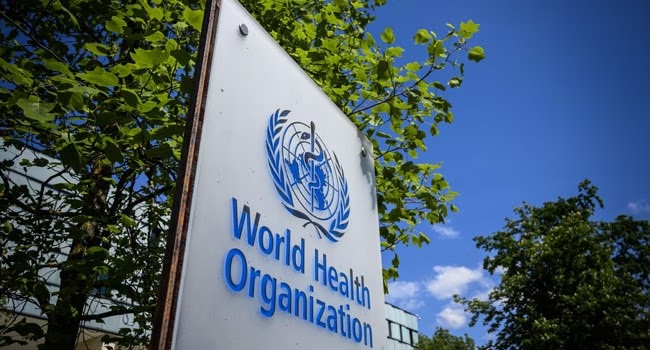The World Health Organisation (WHO) has announced that the global nursing workforce has increased, growing from 27.9 million in 2018 to 29.8 million in 2023.
However, WHO also raised concerns about significant disparities in the availability of nurses across different regions.
In a statement released on Monday, WHO highlighted the findings from its State of the World’s Nursing 2025 report, published in collaboration with the International Council of Nurses (ICN) and other partners.
WHO’s report noted that inequities in the global nursing workforce leaved many people without access to essential health services, which could undermine efforts to achieve universal health coverage (UHC) and global health security.
“In spite of the growth in the number of nurses, global progress remains uneven.”
According to WHO’s report, the nursing workforce shortage has decreased from 6.2 million in 2020 to 5.8 million in 2023, with projections showing a decline to 4.1 million by 2030.
“However, 78 per cent of the world’s nurses are concentrate in countries that represent only 49 per cent of the global population, leaving other regions severely underserved.
“Low- and middle-income countries face particular challenges in recruiting, graduating, and retaining nurses in their health systems.
“WHO stresses the need for these countries to increase domestic investments to create and sustain nursing jobs.
“At the same time, high-income countries must address the issue of retiring nurses and reconsider their dependence on foreign-trained nurses, strengthening bilateral agreements with countries they recruit from.”
Dr Tedros Ghebreyesus, WHO’s Director-General, acknowledged the encouraging progress in some countries but emphasised that the report highlights persistent inequalities in the global nursing landscape.
He urged countries and health partners to use the report as a “signpost” to guide efforts towards closing the gaps and advancing global health goals.
“The report also underscores that while the number of countries reporting nursing workforce data has increased by 33 per cent since 2020, the disparities between countries, regions, and socio-economic contexts are still stark.”
Pam Cipriano, President of the International Council of Nurses, welcomed the report as a critical step towards monitoring progress in strengthening the global nursing workforce.
She highlighted that gender and equity remained central concerns, as women made up 85 per cent of the nursing workforce worldwide.
Cipriano also pointed out that international migration play a significant role in the nursing workforce, with one in seven nurses globally and 23 per cent of nurses in high-income countries being foreign-born.
Cipriano also stressed that in spite of increased nurse graduation rates in low-income countries, rapid population growth and limited employment opportunities had prevented the gains from resulting in improved nurse densities.
“To address these challenges, countries must create jobs and improve working conditions for nurses.
“In addition, the report pointed to emerging issues such as age demographics and the retirement trends of nurses, with concerns that retirements in high-income countries may outpace new entrants, potentially leading to nurse shortages.
“The report also emphasised the growing importance of advanced practice nursing roles and improvements in nursing leadership, particularly in high-income countries,” she said.
Finally, Cipriano called for forward-looking policies to expand and equitably distribute nursing jobs, strengthen nursing education, improve pay equity, and address the mental health and well-being of nurses.
She also recommended harnessing digital technologies, preparing nurses for climate-responsive care, and improving leadership development opportunities to ensure an effective, sustainable nursing workforce for the future.
She said the State of the World’s Nursing 2025 report served as a key tool to guide countries in addressing the current challenges facing the nursing profession.
According to her, the report provides evidence to support policy decisions and strengthen the nursing workforce globally.(NAN)























